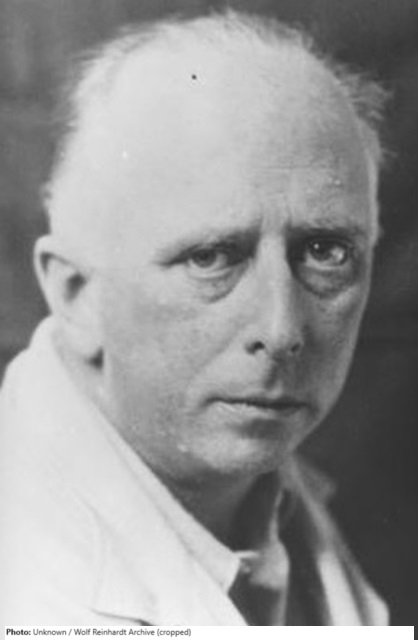Wilhelm Frass

Biographical information
| Roles | Competed in Olympic Games |
|---|---|
| Sex | Male |
| Full name | Wilhelm•Frass |
| Used name | Wilhelm•Frass |
| Born | 29 May 1886 in Sankt Pölten, Niederösterreich (AUT) |
| Died | 1 November 1968 (aged 82 years 5 months 3 days) in Wien (Vienna), Wien (AUT) |
| NOC |  Austria Austria |
Biography
Sculptor Wilhelm Frass was head of the High School Class of Art and Fashion School in the city of Wien from 1938-45 as well as property consultant for statuary in the Cultural Office. His brother Rudolf was a well-known architect. Both had studied at the Academy of Fine Arts in Wien, Wilhelm previously at the State Trade School. In 1914 he received the Rome Prize, before he had to serve as an officer in World War I. The experiences of war in France influenced his artistic development. He then moved into a state-owned studio in the Prater and became a member of the Secession.
In 1927 he was appointed as a professor. In 1935 he had hidden into the concrete base of his Monument of the Dead Soldier a metal capsule with a “Nazi homage letter” about the union of the “German people”. From 1939 he was a member of the Künstlerhaus and in 1935-38 held the office of president of the Artists Association of Austrian Sculptors. During this time, he mostly produced art that was close to the Nazi regime. After 1945 Frass was classified for “minor crimes” in the de-Nazification but was initially laid off and expelled from the Künstlerhaus for a few years. He was incriminated, for instance, by his colleague Anton Endstorfer. Frass’ studio was looted and a number of works destroyed. Later he was reintegrated into the art world and 1948-50 a member of the Vienna Secession. He worked primarily in marble, bronze and modeled in wax in formats ranging from small sculptures to larger-than-life sculptures.
Results
| Games | Discipline (Sport) / Event | NOC / Team | Pos | Medal | As | |
|---|---|---|---|---|---|---|
| 1936 Summer Olympics | Art Competitions |  AUT AUT |
Wilhelm Frass | |||
| Sculpturing, Statues, Open (Olympic) |